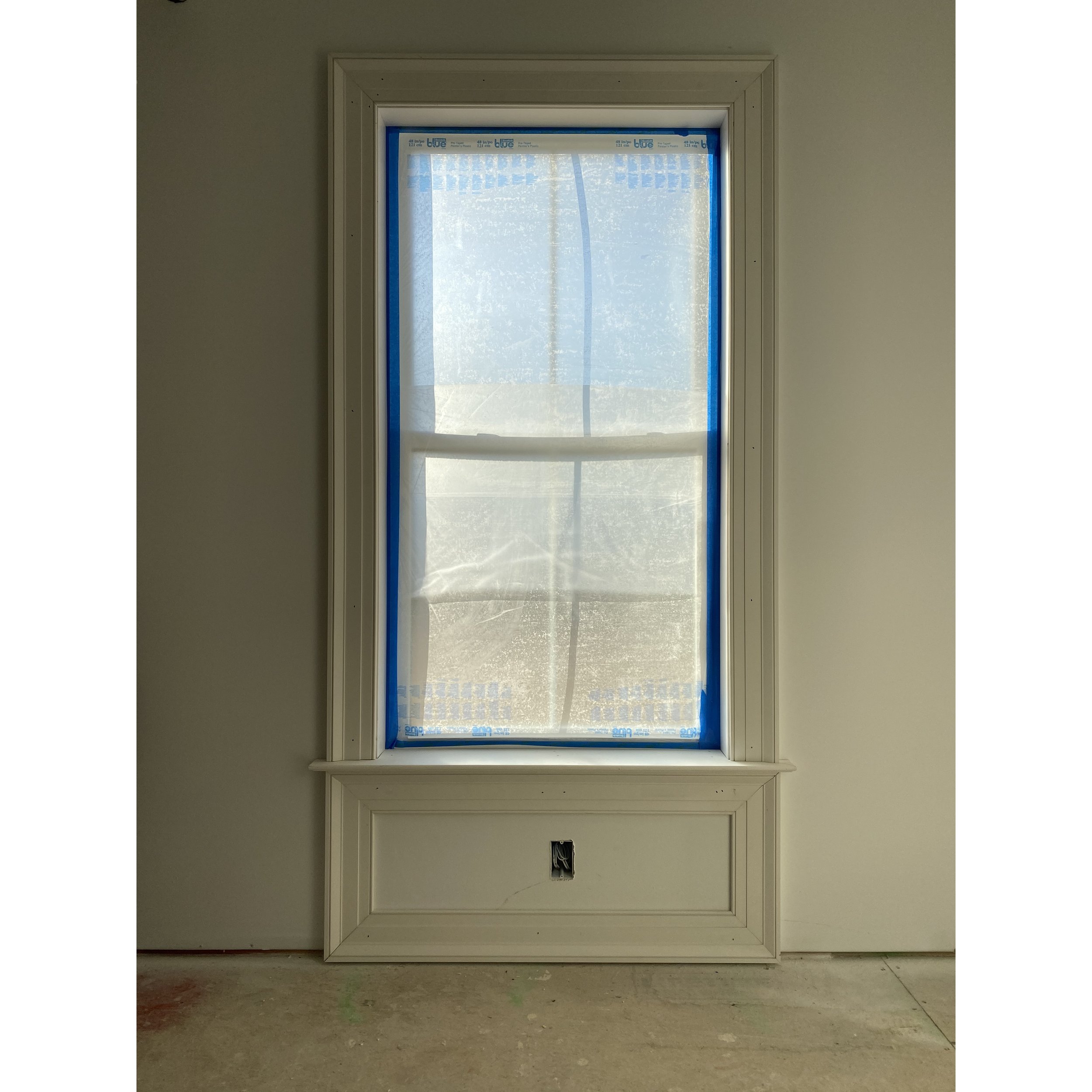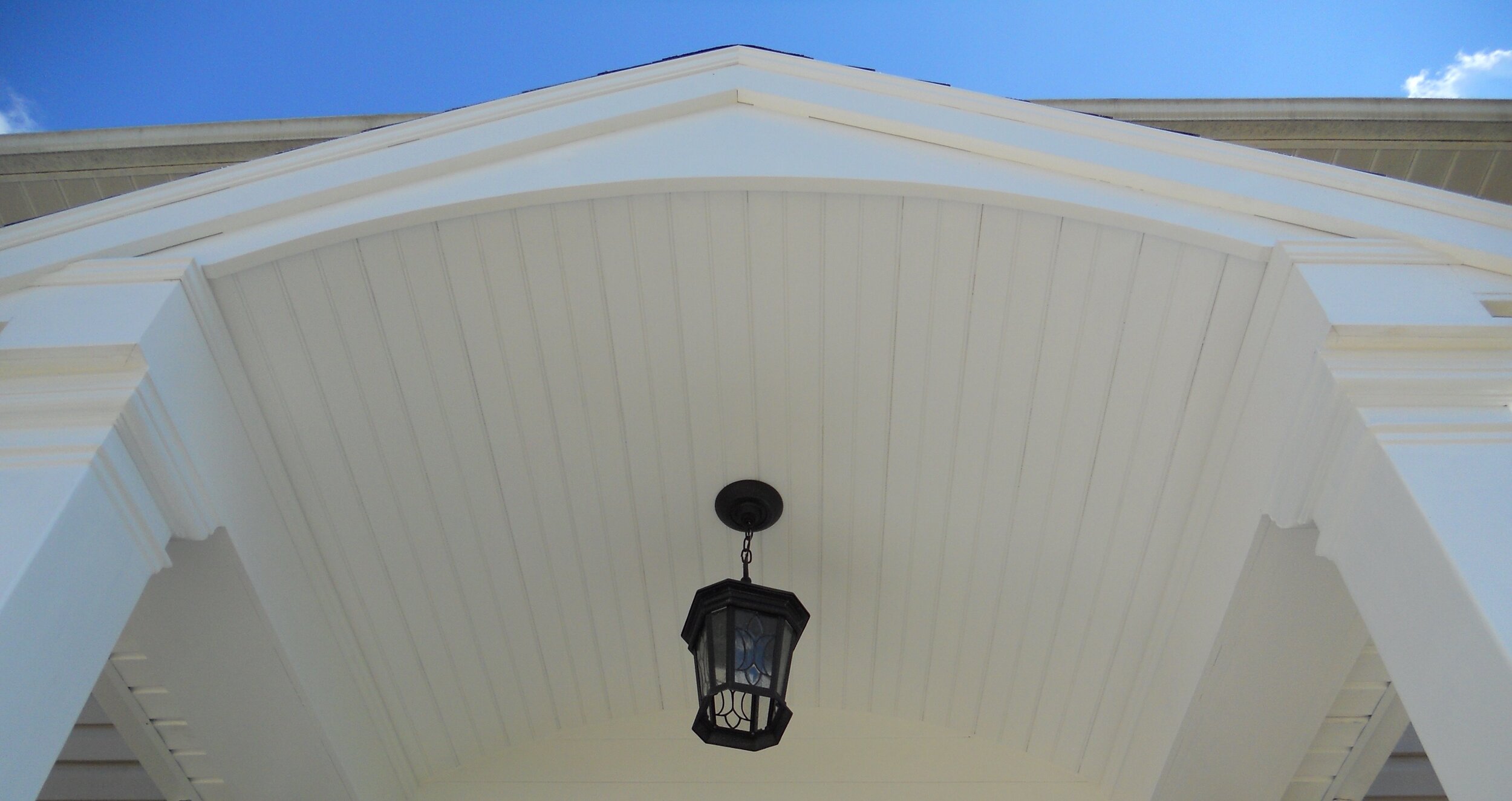Authentic
How Getting The Right Details Makes All the Difference
Early Trim Stage on Greek Revival
The first time I visited colonial Yorktown, VA, the early American architecture caught my eye. I was used to the modern structures dubbed as colonial and instantly noticed a vast difference between the real thing and the imitation. That was nearly twenty years ago, and the differences have only been more pronounced. Now, I realize it’s not only the colonial style homes-it’s every style of architecture!
“Fast fashion, fast food, and now fast decor has become so normalized that we expect fast construction rather than meet it with skepticism. ”
Architectural style has been distorted through the years until homes with labels such as ‘colonial,’ ‘Victorian,’ or ‘craftsman’ are only shadows of what the style originally was intended to be. Our fast-paced culture sees everything produced at an alarming rate with often harmful effects on the mind and body, leaving the world polluted and bloated by excess. Fast fashion, fast food, and now fast decor has become so normalized that we expect fast construction rather than meet it with skepticism. Society has forgotten the art and rules of architectural elements. We have traded quality for a speedy version of homogenized style that drains the life out of the character and heart of a home. So what does separate authenticity from imitation? Let’s take a look at some basic principles that anyone can spot.
True architectural design places value on purpose over ornament. Authentic architectural styles were not only aesthetically pleasing but were also practical. The decoration was not without purpose, giving so much more meaning to each facet of a home. A good example is shutters. Shutters are more than mere pieces of vinyl or wood to add a different color or texture to the façade of your home. Originally, working shutters closed to block out the harsh elements. Proper size and placement of shutters are one small detail to help set your home apart. Visualizing the shutters closing enables you to understand what they should look like.
Proportion is another element to consider. Bigger is only sometimes better. Our home is a Greek Revival. When discussing the front porch for the formal front door, I wanted something wide and grand to make a statement. I felt our home’s classic design deserved an impressive entry, and I assumed this was achieved by size alone. My husband pointed out that the front porch was meant to have little room for furniture. Its purpose was to get out of the rain or snow while waiting for someone to answer the door. It should also have a flat roof or one with a reverse gable to match the overall style and period of the home. Instead of size, we can focus on the ornamentation, like the columns supporting the roof, which are a staple of Greek Revivals. See how that works? We traded size for purpose and focused on making the purposeful elements elegant and ornate.
Lastly, quality makes all the difference in the world. Something does not have to be old to be authentic, but it does require good craftsmanship and should have careful planning of details. Most of the time, the details are the most fun part of the house! When building a home, research the period and style of your home to gain an accurate understanding of the form and function of each detail. In our Greek Revival, my husband did an excellent job of making all of the door casings in our home imitate columns. I love the plinth block detail he added to the bottom of all the entryways, and I learned that the blocking is not just eye candy. Carpenters added the blocking to help the base cap stay flush with the door casing. Purpose meets ornament! And there you have it. Intention, proportion, attention to detail, and quality will separate your home from a cheaper imitation. Small details can help your home stand out and lend an authentic, custom-designed look. Make the necessities stand out! Ask yourself what element you could add to your trim or façade. Contemplate built-in bookshelves over store-bought. Look for period replicas for lighting and fixtures, or even consider repurposing some actual pieces from antique stores and estate sales. Authenticity does not have to be a perfect imitation; it needs only to assess quality and design carefully.

